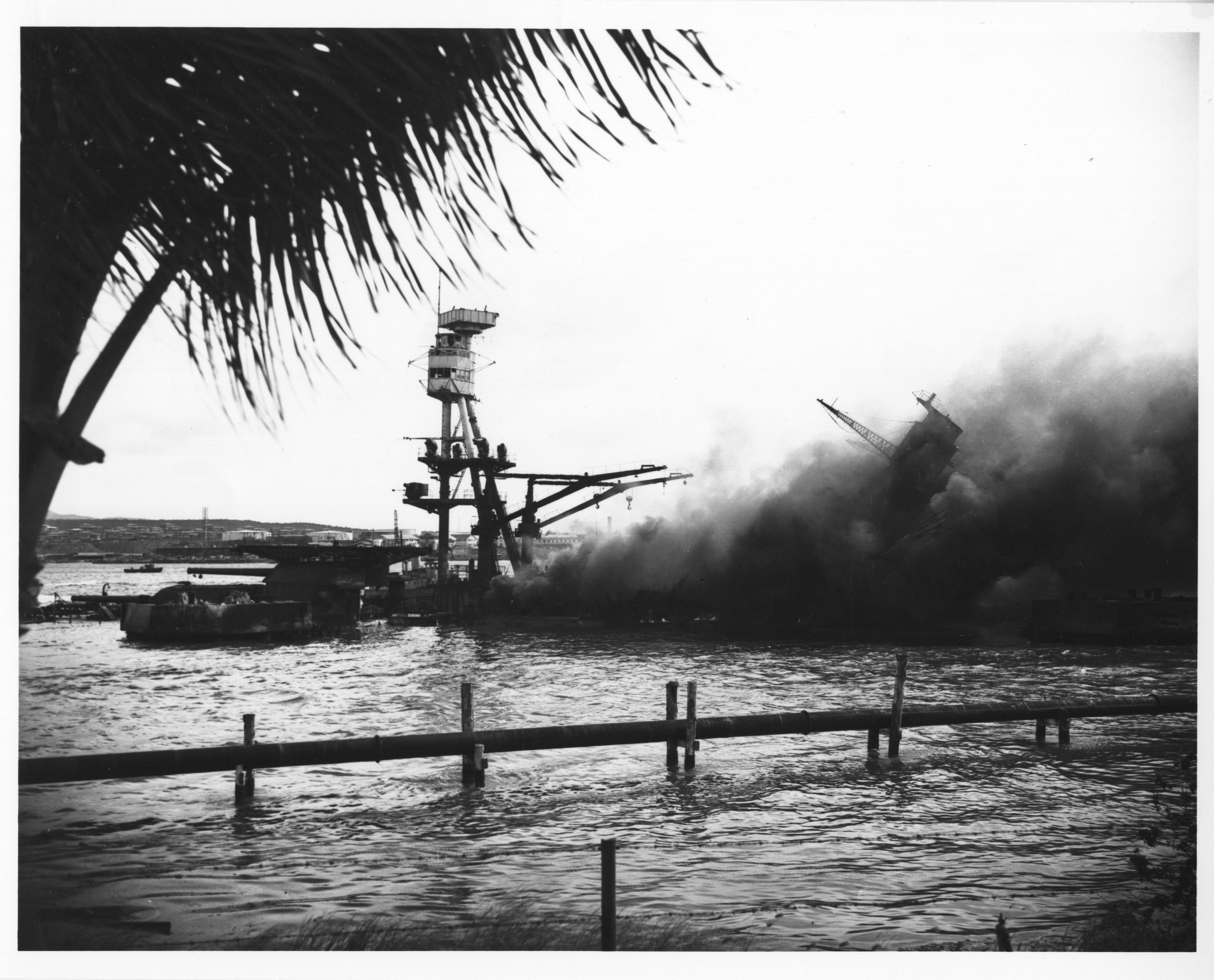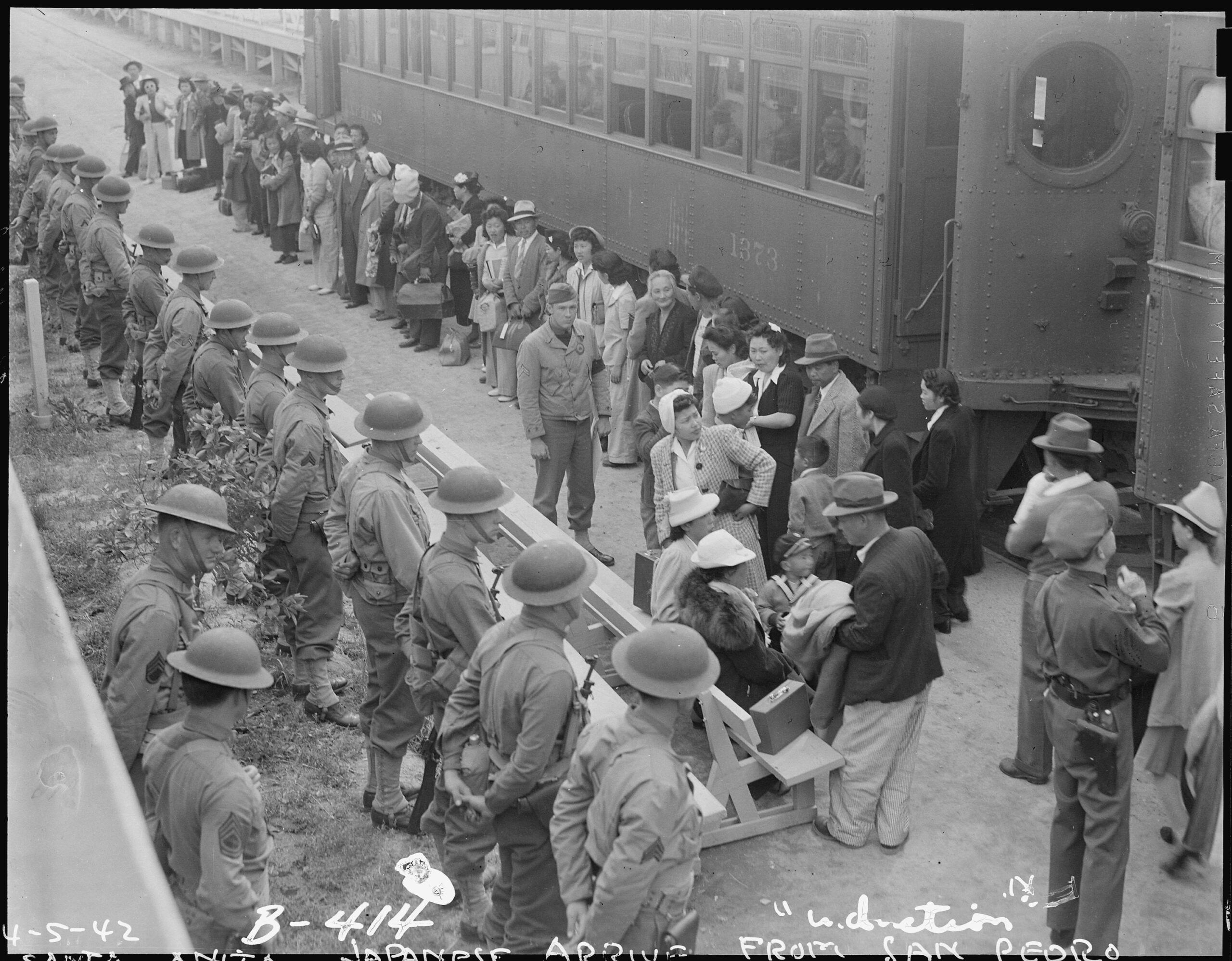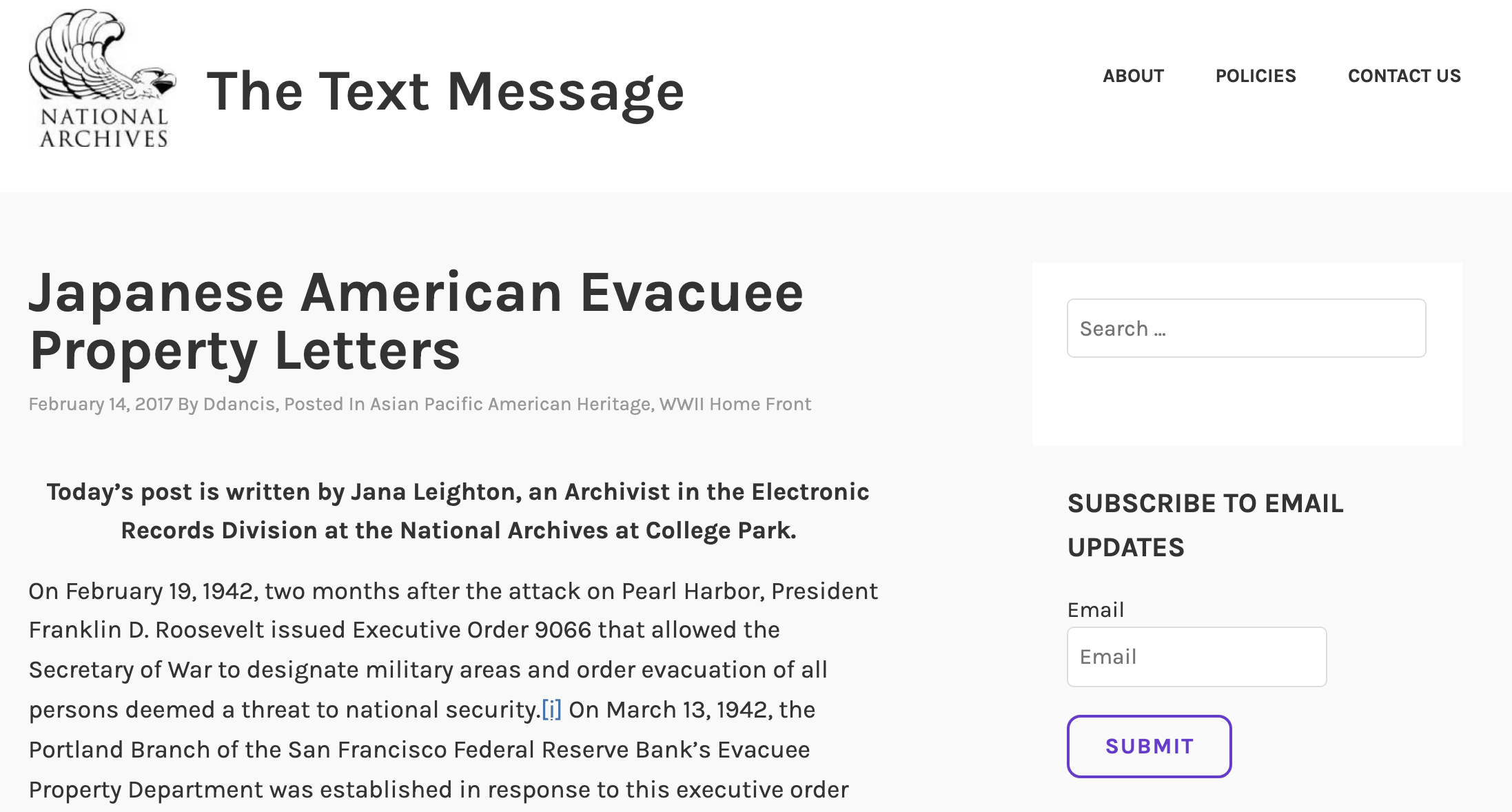Archives Experience Newsletter - December 7, 2021
Legacies Live On
While much is made of the differences between generations and the 60 years that separate these two events, a generational divide is indistinguishable when our country faces adversity, horror, or tragedy. Americans unite and together we find a way forward.
Both events and their aftermath are documented through photos, film, letters, maps, White House messages, presidential speeches, and military communications in the National Archives. This week, on the 80th anniversary of the event that defined the Greatest Generation, we’re taking another look at “how we remember.”

Patrick Madden
Executive Director
National Archives Foundation
Pearl Harbor in Pictures
Commencing a few minutes before 8 a.m. on December 7, 1941, the Japanese military’s attack on the United States at Pearl Harbor, Hawaii, came as a complete surprise to the nation. More than 300 Imperial Japanese aircraft, launched from six aircraft carriers, bombed the U.S. military installation on and around the harbor in two waves. All eight of the U.S. Navy battleships were damaged, and four were sunk. In addition, three cruisers, three destroyers, one minelayer, and an anti-aircraft training ship were damaged or destroyed, as were nearly 200 U.S. aircraft. In all, 2,403 Americans were killed, and 1,178 others were wounded.

During the attack, intrepid soldiers, sailors, and airmen raced out to do battle with the Japanese using any weapons that happened to be at hand. Photographers also risked their lives to record the destruction wrought on that Sunday morning.

An aerial photograph taken on March 10, 1942, shows the state of the harbor three months after the attack.




Pearl Harbor on Film
Very little footage was shot by Americans of the bombing of Pearl Harbor, but the National Archives is the repository of a three-minute film that documents a portion of the attack.
The Japanese did produce propaganda films in English that depicted the attack. The U.S. government also produced a film titled December 7th, directed by Greg Toland with contributions by famed filmmaker John Ford.
in The Unwritten Record
Pearl Harbor in Letters

One of the most nefarious effects of the attack on Pearl Harbor was that almost immediately, Japanese people living in the United States were believed to be colluding with the Japanese government—in short, that they were spies or, at the very least, supporters of the Japanese homeland. Shortly thereafter, President Franklin Delano Roosevelt authorized the Secretary of War to move anyone thought to be a threat to national security to a military camp. Rounded up and relocated in internment camps far from their homes, the evacuees were forced to abandon their properties and their businesses.
The National Archives has in its holdings letters that Ray Sato, a Japanese American resident of Parkdale, Oregon, wrote to employees of the Federal Reserve Bank Portland, attempting to determine what would become of his father’s orchard and their other properties while they were interned. The bank’s employees did their best to help Sato, but the series of letters illustrates the level of uncertainty and lack of concrete answers that were available to both parties in the first several months after Pearl Harbor was bombed.

in The Text Message
The Satos were interned at Tule Lake Relocation Camp in California, just south of the Oregon border. Unlike many internees, they were fortunate—one of their neighbors took care of the Satos’ orchard until they were permitted to come back home after the war. The orchard is still in family hands.
Pearl Harbor on Posters

Once the United States declared war on Japan in 1941, the attack on Pearl Harbor became the focal point of the war effort. “Remember Pearl Harbor!” was the rallying cry that encouraged people to buy war bonds, go to work in war industries, or enlist in the military. The government produced multitudes of propaganda posters designed to encourage people to make sacrifices for the good of the nation. Which one would have persuaded you to take action?

Pearl Harbor in Interviews

Gordon Gray served as assistant secretary of the Army from 1947 to 1949, as secretary of the Army from June 1949 to April 1950, and then as special assistant to President Harry S. Truman from April to November 1950. Gray revealed how he came to be qualified for those high appointments in an oral history interview that Richard D. McKinzie conducted on June 18, 1973, for the Harry S. Truman Library.
National Archives Identifier: 200792
Gray told McKinzie that when the Japanese bombed Pearl Harbor, he was a state senator in North Carolina and the owner of the Piedmont Publishing Company, which owned newspapers and radio stations around the state. He was also a thirty-two-year-old married man with three children, so he was exempt from the draft.
Despite that, Gray volunteered for the Army and refused to accept an officer’s commission. When McKinzie asked why he had done that, Gray replied, “Well, as best I can reconstruct my feelings at the time, in our community there was a strong America First sentiment and the young men, many young men, younger than I—you see by this time I had gotten to be, I think, 32 years old—there was little enthusiasm for the war among many of the potential leaders in the community, for one thing.. People who read this later on will just have to take my word for it as to what my thoughts were at the time, but one thing I wanted to do was to set an example for the community. Another thing was, I didn’t believe in accepting a commission and possibly being put into a position later on in some capacity without ever knowing to what kind of assignment I’d go, of being responsible for people without having trained for this responsibility, and especially in the Army.”
Despite the fact that he entered the Army in 1942 as a private, Gray was promoted up the ranks to captain. He served with Omar Bradley’s command in Europe. His stint in the Army was the starting point for the life of public service that he led after the war ended.
The National Archives and the Presidential Libraries are the repositories of many oral histories that recount how World War II affected people’s lives. Check them out, and then, if the mood strikes you, consider talking to your relatives about how Pearl Harbor changed America.












